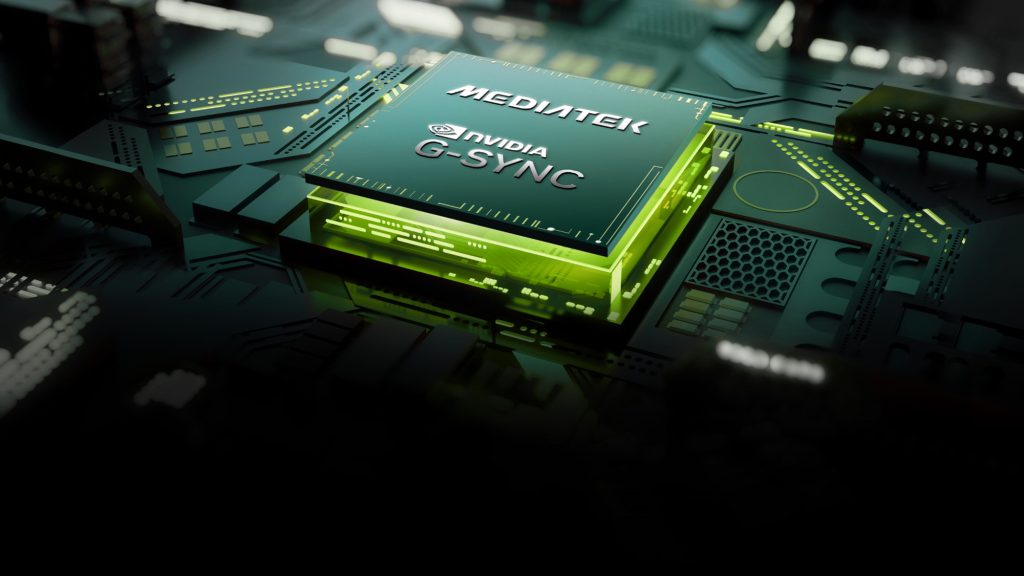Nvidia’s highly anticipated and long-delayed N1X system-on-chip (SoC) has once again made headlines with exciting new details regarding its graphical processing capabilities. Emerging from the shadows, the N1X’s GPU performance was showcased through a recently uncovered Geekbench OpenCL listing. This revelation provides a clearer picture of Nvidia’s direction as it plots the course for its first consumer-class ARM SoC tailored for laptops, and potentially desktops, aiming to disrupt the landscape previously dominated by Intel and AMD.
Overview of the N1X SoC Specifications
According to the latest Geekbench entry, the N1X is set to feature a formidable 20-core CPU architecture, organized into two separate 10-core clusters. Notably, this architecture is built upon Nvidia’s Grace architecture, which emphasizes high performance and efficiency. As for its graphics capabilities, the N1X is equipped with 48 Streaming Multiprocessors (SMs), resulting in a total of 6,144 CUDA cores. This CUDA core count mirrors that of the desktop GeForce RTX 5070, hinting at significant graphical processing potential.
What makes this development intriguing is the suggestion that the N1X may represent a lower-power, mainstream adaptation of the GB10 Superchip architecture, which is already being utilized in Nvidia’s DGX Spark AI mini-PCs. The close relationship between these ARM-based chips was evidently strengthened through collaborative development efforts with MediaTek, emphasizing Nvidia’s commitment to diversifying its hardware offerings in the AI and consumer markets.
Early Performance Metrics
Although the N1X’s specifications are promising, it is important to note that the performance metrics seen so far stem from an early engineering sample. In its current state, the chip clocked in at a relatively modest 1.05 GHz, producing an OpenCL score of 46,361. This score puts the N1X in the vicinity of the previous-generation RTX 2050, underscoring the power limitations typical of early prototypes. Moreover, as the N1X relies on shared LPDDR5X memory rather than dedicated GDDR memory, its performance could potentially improve dramatically with more advanced hardware configurations.
Despite these initial constraints, the N1X’s integrated GPU is reportedly outperforming many modern integrated graphics solutions, including Apple’s M3 Max and AMD’s 890M, which max out around 37,500 in comparable benchmarks. This highlights the N1X’s potential to deliver superior iGPU performance even at this preliminary stage. Moreover, when considering that the fully powered RTX 5070 can boost to 2.5 GHz with a 250W thermal design power (TDP), it is evident that the N1X could achieve much more with adequate power and thermal management—its current cap being 120W for the entire chip.
Strategic Positioning in the Market
Nvidia’s entry into the ARM SoC market comes as the tech industry is increasingly embracing hybrid architectures. With the N1X, Nvidia seems to be adopting a similar strategy to its competitors, such as AMD’s Strix Halo and Apple’s M-series chips, by pairing a powerful GPU core with an ARM-based CPU cluster. This hybrid approach aims to balance various performance aspects, including gaming and AI capabilities, while maximizing energy efficiency.
It is noteworthy that rumors surrounding the launch date of the N1X have surfaced, suggesting a potential rollout in Q1 2026. This timing could coincide with a new wave of AI-focused Windows laptops. Such a strategy might particularly benefit from the ongoing developments in software platforms, as Microsoft is reportedly working on optimizing Windows for ARM-based systems. [Tom’s Hardware] highlights that Nvidia’s progress has been hampered by delays linked to ongoing chip revisions and external dependencies on Microsoft.
In a move suggesting a bold vision for the future, Nvidia seems determined to transform the N1X into a competitive ARM-based SoC capable of rivaling established players like AMD and Intel in the high-performance laptop market. If successful, it could even challenge Apple’s stronghold in the premium AI laptop segment, altering the competitive landscape in ways previously unimagined.
Future Implications of the N1X Launch
The implications of the N1X’s eventual launch extend beyond Nvidia’s product lineup. It signals a significant shift in the industry dynamics as companies start to embrace ARM-based architectures for more demanding applications, including gaming and advanced AI workloads. As the lines between traditional CPU and GPU functions continue to blur, the N1X could usher in a new era of integrated processing units that redefine performance standards in portable devices.
Ultimately, Nvidia’s N1X is not just another chip; it represents a potential paradigm shift in how computing power is delivered in consumer electronics. By harnessing the inherent advantages of ARM architecture combined with Nvidia’s formidable GPU technology, the N1X aims to elevate iGPU performance to unprecedented heights, setting a new benchmark for future designs.

